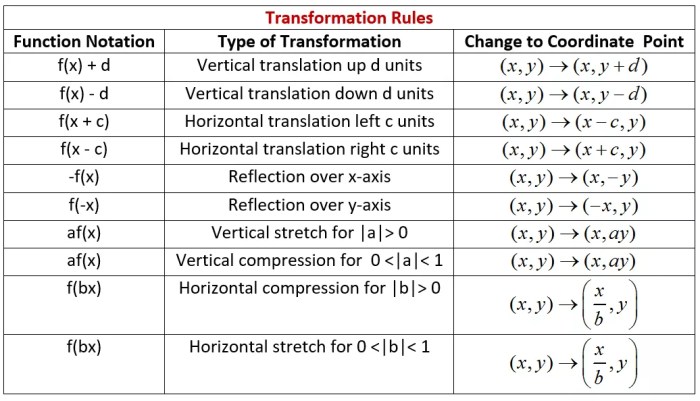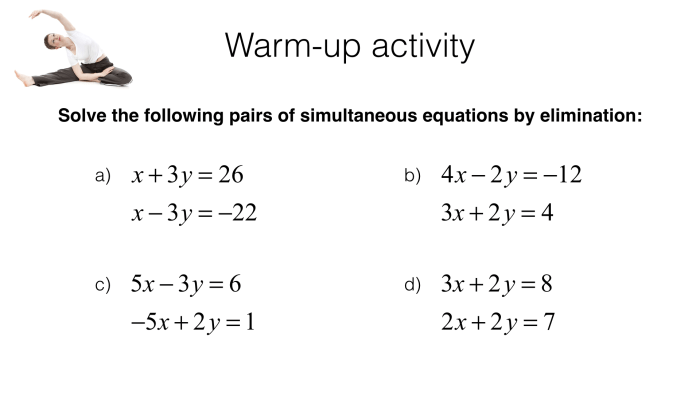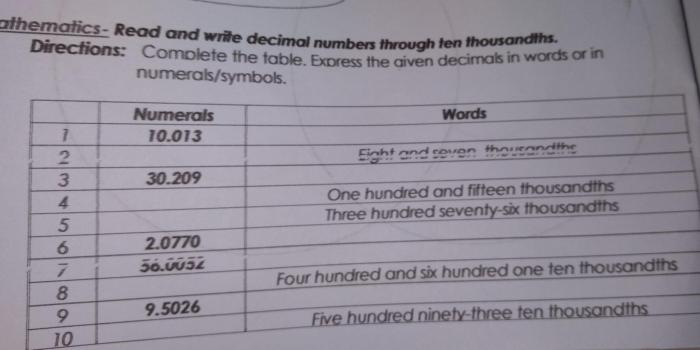Welcome to the intriguing realm of transformations of functions mystery code activity answers, where we embark on a captivating journey to decipher the secrets hidden within mathematical equations. Through this interactive activity, we will unravel the enigmatic transformations applied to functions, revealing their profound effects on the graphical representations.
As we delve deeper into this exploration, we will uncover the fundamental concepts of function transformations, gaining insights into how they alter the shape, position, and behavior of graphs. The Mystery Code Activity serves as a practical tool to reinforce these concepts, providing a hands-on approach to understanding the intricacies of function manipulation.
Transformations of Functions

Transformations of functions involve modifying the original function to create a new function with different properties. These transformations can include shifting, stretching, reflecting, or a combination of these operations.
Types of Transformations
- Horizontal Shift:Moves the graph of the function left or right along the x-axis.
- Vertical Shift:Moves the graph of the function up or down along the y-axis.
- Horizontal Stretch:Stretches or compresses the graph of the function along the x-axis.
- Vertical Stretch:Stretches or compresses the graph of the function along the y-axis.
- Reflection:Flips the graph of the function over the x-axis or y-axis.
Effects of Transformations
Transformations can significantly alter the shape and position of the graph of a function. They can change the domain, range, intercepts, and asymptotes of the function.
Mystery Code Activity
The Mystery Code Activity is a puzzle that involves transforming a given function using a series of operations. The goal is to decipher the original function by applying the transformations in the correct order.
Purpose of the Activity
The activity helps students develop their understanding of function transformations and their effects on the graph of a function.
Completing the Activity
To complete the activity, students need to:
- Identify the transformations used in the mystery code.
- Apply the transformations to the original function.
- Plot the transformed function on a graph.
- Compare the transformed function to the given mystery code to identify the original function.
Transformations in the Mystery Code Activity

The transformations used in the Mystery Code Activity typically include:
- Horizontal Shift
- Vertical Shift
- Horizontal Stretch
- Vertical Stretch
- Reflection over the x-axis or y-axis
Effects of the Transformations, Transformations of functions mystery code activity answers
The transformations applied to the original function in the Mystery Code Activity result in a new function with different properties. These transformations can:
- Change the domain and range of the function.
- Shift the intercepts of the function.
- Alter the asymptotes of the function.
- Change the shape and orientation of the graph of the function.
Answers to the Mystery Code Activity

The answers to the Mystery Code Activity can vary depending on the specific transformations used. However, the general approach is to apply the transformations in the correct order to the original function and compare the transformed function to the given mystery code.
Challenges and Misconceptions
Students may encounter challenges when completing the Mystery Code Activity, such as:
- Misunderstanding the order of transformations.
- Mistakenly applying the wrong transformation.
- Incorrectly interpreting the mystery code.
It is important for students to carefully analyze the mystery code and apply the transformations accurately to solve the puzzle.
Expert Answers: Transformations Of Functions Mystery Code Activity Answers
What are function transformations?
Function transformations are mathematical operations that alter the shape, position, or behavior of a function’s graph without changing its fundamental properties.
How does the Mystery Code Activity help in understanding function transformations?
The Mystery Code Activity provides an interactive and engaging way to visualize the effects of function transformations on graphs, making the concept more tangible and accessible.
What are some common types of function transformations?
Common types of function transformations include translations, reflections, stretches, and compressions.

